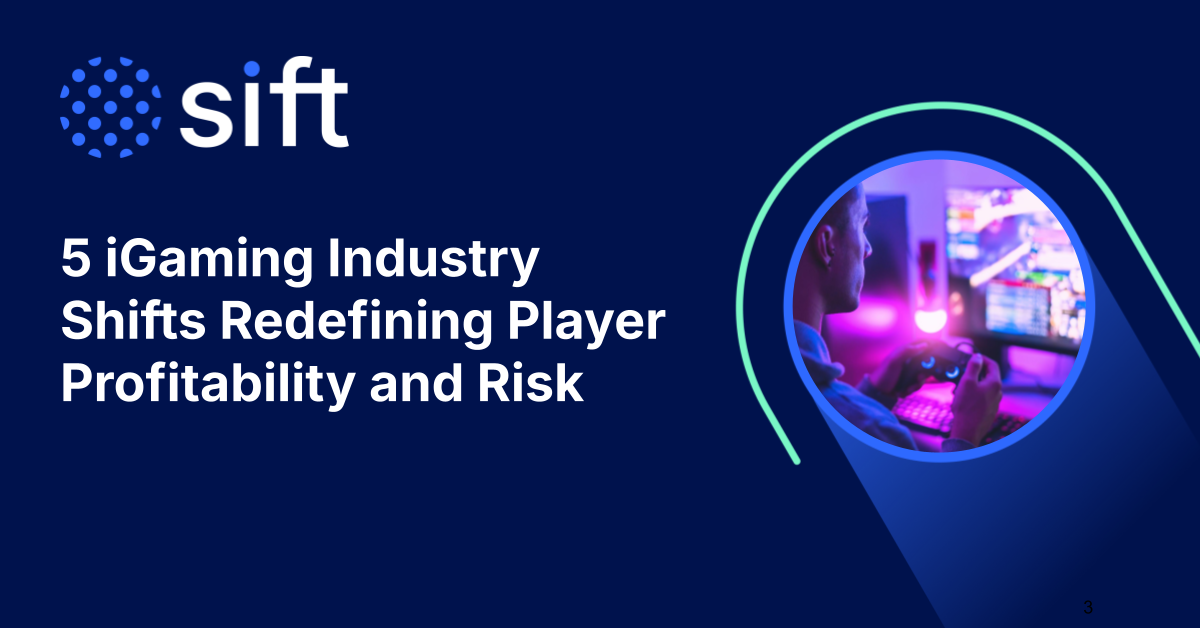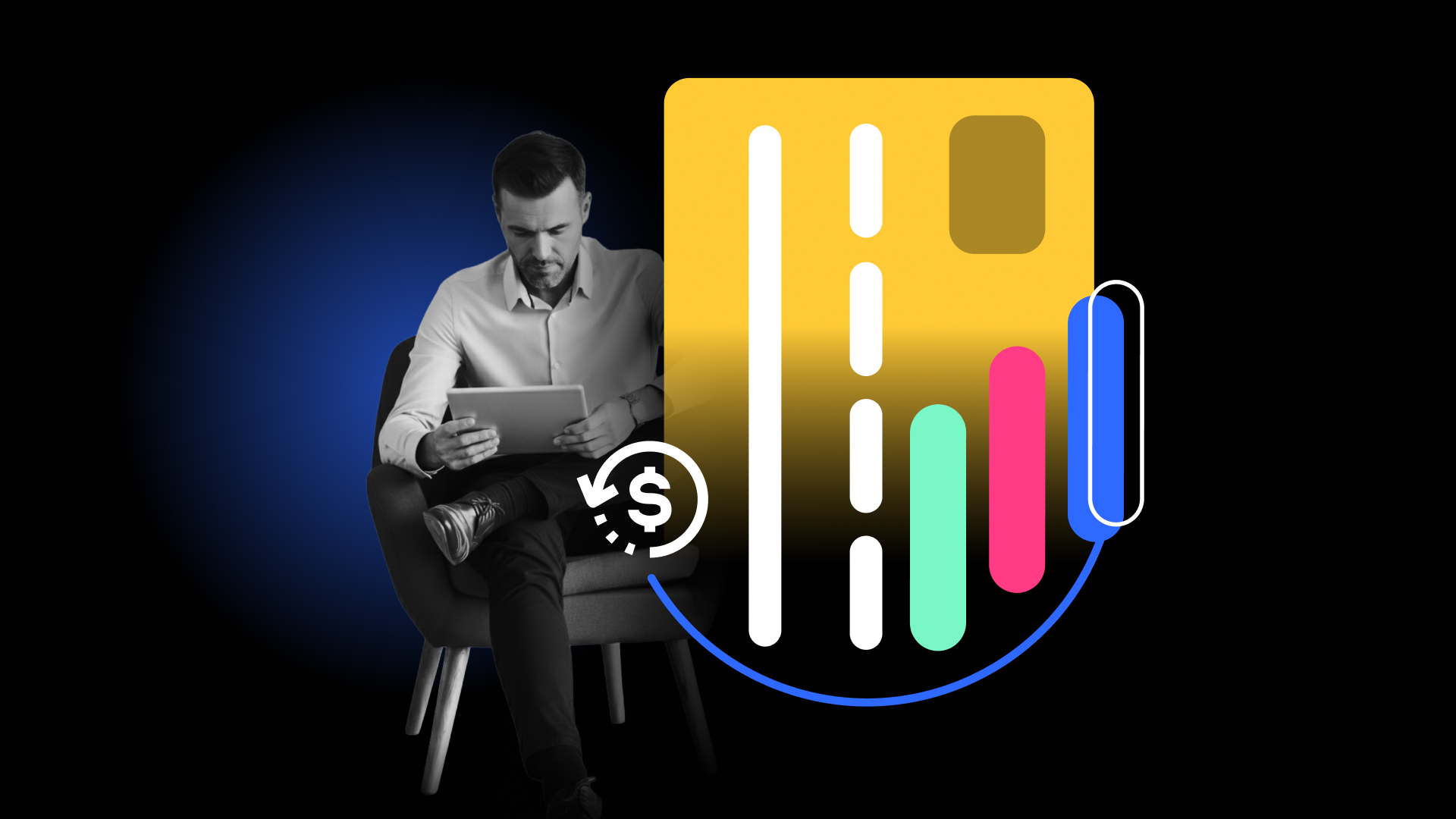The global Fraud Economy is increasingly interconnected, leveraging generative AI, social media, and the dark web to accelerate the widespread adoption of fraudulent practices. This shift towards the democratization of fraud is helping make even the most basic fraudsters—and even laymen fraudsters—professional-grade and borderless in their operations, posing significant challenges for businesses trying to keep pace with these evolving threats. Many companies struggle with limited visibility into these trends and often fail to incorporate them into their risk assessments.
The Role of Global Insights in Fraud Prevention
To address these challenges, some fraud prevention solutions provide insights based on a global “consortium” of risk activity. These global insights are particularly effective at tracking cross-border, cross-industry fraud rings, such as those behind credit card stuffing attacks. For instance, Sift’s global consortium has successfully detected simultaneous fraud attacks across industries, all traced back to a single group of IP addresses with common attributes.
The Importance of Industry-Specific Models
While tracking global trends is essential, relying solely on a global risk model can blur the unique behavioral nuances of different industries. For example, transaction velocity and payment methods in iGaming differ significantly from e-commerce. In iGaming, it’s common for players to make high-velocity transactions within a short time period using three or more frequently rotating and/or alternative payment methods.
By contrast, on-demand interactions tend to be less frequent, with lower velocity—such as five transactions over a week using fewer, more traditional payment methods. Merging these trends under a single model can make it more difficult to distinguish between normal and abnormal behavior, potentially dampening fraud detection accuracy. Additionally, risk signals can vary by industry; in iGaming, account age may be a critical risk factor, whereas in e-commerce, dormant accounts are more typical and less risky. Below are a few more ways fraud patterns differ between industries.
Leading fraud use cases by industry:
- Digital Goods & Services: Account takeover fraud, payment fraud, and chargebacks
- Travel and Hospitality: Fake bookings and loyalty program fraud
- iGaming and Online Gambling: Transaction fraud, account takeover fraud, and promo abuse
- E-Commerce: Card-Not-Present (CNP) fraud, return fraud, and chargebacks
- Financial Technology: Account takeover fraud and unauthorized transactions
- Food and Delivery: Skimming and chargeback fraud
Benefit from Your Peers
Similar to how players will test multiple iGaming platforms, fraudsters will also test their attack strategies across different competitors within the same industry. A key benefit of having an industry-specific model is that both legitimate players and fraudsters often exhibit the same behaviors on each platform. For fraudsters, they may also employ the same unique identifiers such as device ID, email, or card information as they attempt a flash fraud attack across multiple companies.
This is particularly impactful in today’s age of increasing cyber-fueled fraud in which fraudsters will purchase account information or synthetic IDs on the dark web and share best practices on social media platforms such as Telegram and TikTok.
A model that uses anonymized data from a group of similar businesses can help detect fraud more efficiently. By recognizing fraudsters who have targeted other businesses in the same industry, your business can proactively identify and stop them before they cause any damage.
The Need for a Multi-Layered Approach
This level of granularity is becoming increasingly important as fraudsters find new ways to bypass even the most stringent verification checks. By layering industry behaviors into your risk model, you can actively monitor risk assessments at different points of the user journey.
An alternative approach is to use insights based primarily on a single industry, such as e-commerce. However, this method assumes that fraudsters target only one sector, which can miss most fraud rings that switch between industries.
A third and more common approach is for businesses to build their own fraud models, focusing on risk signals unique to their business. However, this can also be limiting, as it overlooks the broader, global nature of fraud, where criminals don’t confine themselves to a single platform.
The Goldilocks Effect: A Tri-Layered Approach
Each approach has its limitations, and to effectively combat fraud, businesses must strike a balance between global insights, industry-specific behaviors, and business-specific behaviors, ensuring their risk assessments account for the ever-evolving strategies of today’s cybercriminals.
The benefits of a tri-layered approach can be likened to the “Goldilocks Effect,” providing the perfect blend of insights. By leveraging this method, businesses can significantly enhance detection accuracy. With Sift, companies can reduce false positives and negatives by up to 20%.







